 Hi everyone, I’m Alex and I’m the Plant Heritage Officer at Worthing’s treasured Highdown Gardens.
Hi everyone, I’m Alex and I’m the Plant Heritage Officer at Worthing’s treasured Highdown Gardens.
In the orchard area here at Highdown Gardens, we’ve made the decision not to cut the grass so often. If we let it grow we encourage the wild plants, for which the chalk downs where we are located are so famous, to grow and flower.
Happily, a wider variety of plants leads to a greater amount of wildlife like insects and mammals too. It can take years for some of the wild flowers to establish but, straight away, some of the most exciting wild plants have shown up and shown off their beautiful flowers.
Two species of chalk-loving orchid have appeared and we’re told by those that have known the garden for years that these species have not been seen in the orchard for some time. The first is the pyramidal orchid (Anacamptis pyramidalis). This beautiful plant catches the eye as soon as you are near it. The flowers range from pale pink to magenta. It gets its name from the way the group of flowers on each plant – the inflorescence – is shaped like a pyramid.
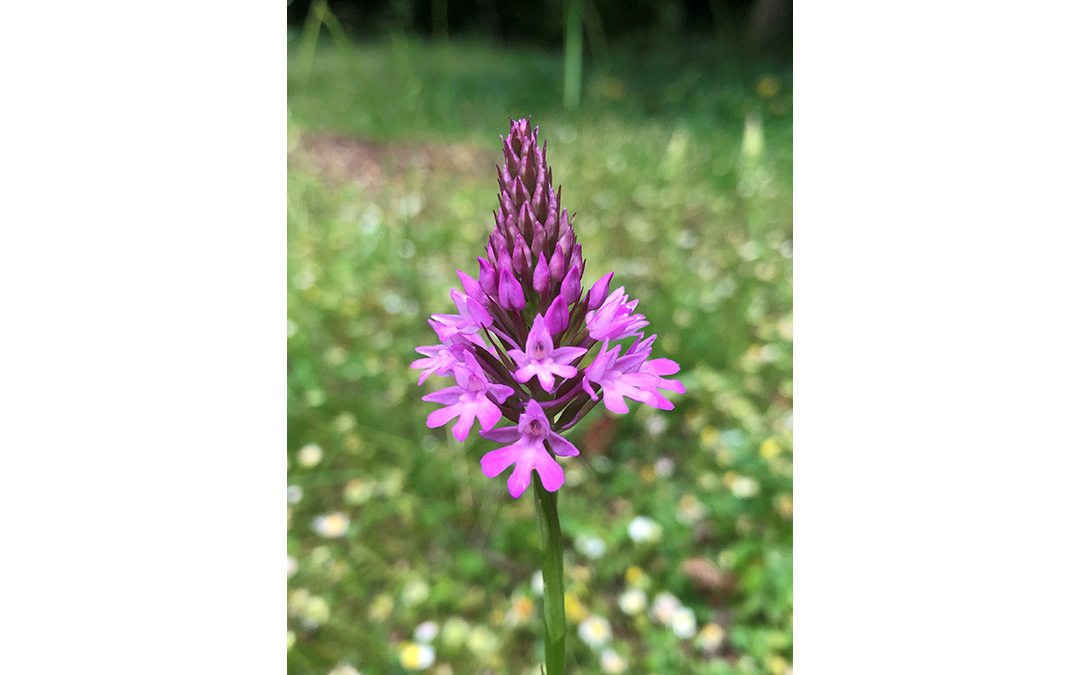
Anacamptis – A pyramidal orchid
The second orchid is different. The bee orchid (Ophrys apifera) doesn’t catch your eye immediately, perhaps because the flowers are spaced further apart on each plant. But, once you’ve noticed it and you get closer you can’t help but marvel at its sheer amazing oddity.
The plant has evolved not only to produce flowers that look like a bumble bee, they also give off pheromones – the chemicals that insects make to communicate with one another – that mimic those of female bumble bees. The point of all this is that certain male bumble bees, especially the long-horned bee (Eucera longicornis) – now sadly in decline in the UK – are fooled into thinking that the flowers are female bees. The duped bees are drawn irresistibly to the flowers and end up getting covered in the pollen and transfer it to the next flower once they have been lured in once again.
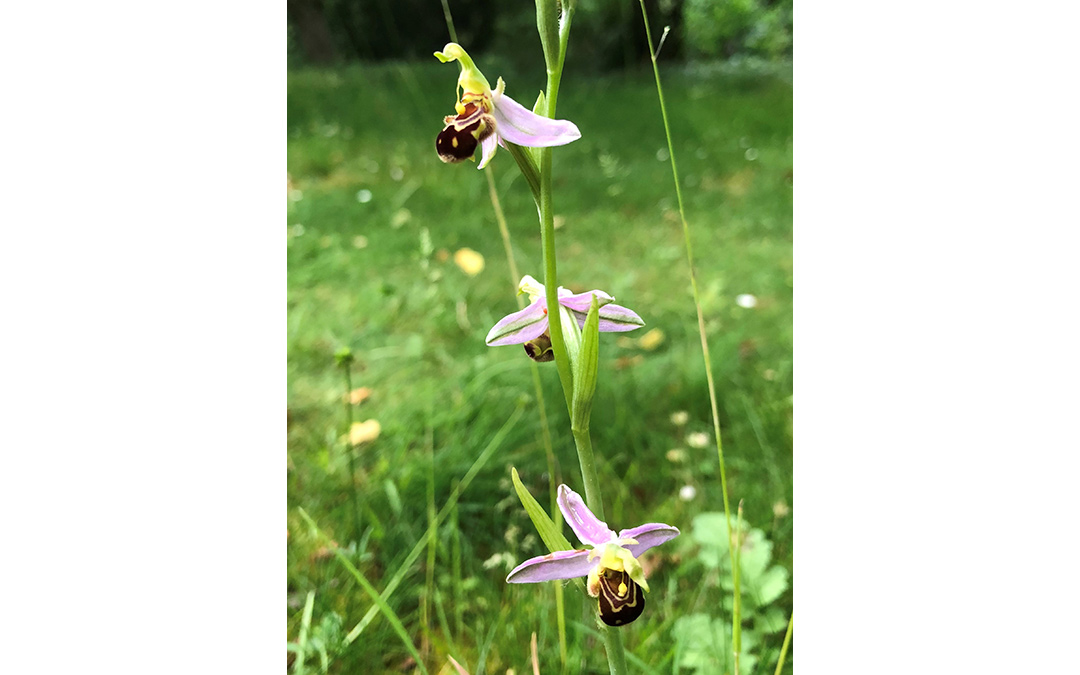
Ophrys – A bee orchid
Whether for bees or pyramidal orchids, we now need to leave the grass uncut long enough that they produce their seed and spread themselves through the area a little more.
Orchid seed is absolutely tiny, each seed is the size of a particle of dust. By making a seed that is so small, the parent plant can make an enormous number of seeds that are capable of travelling quite a distance as they are so light and literally float away on the breeze. But there is a cost to all of this productivity.
Most often, when seeds are made, they all contain a parcel of sugars and fats that feed the young plant once it germinates; think of it as a little packed lunch. With orchids, there’s no room to fit the packed lunch into the miniscule seed and so they need to be able to grow without their own food. As it’s impossible to grow without any food, orchids have evolved to get around this problem by gaining their food from another organism. They get this food from fungus.
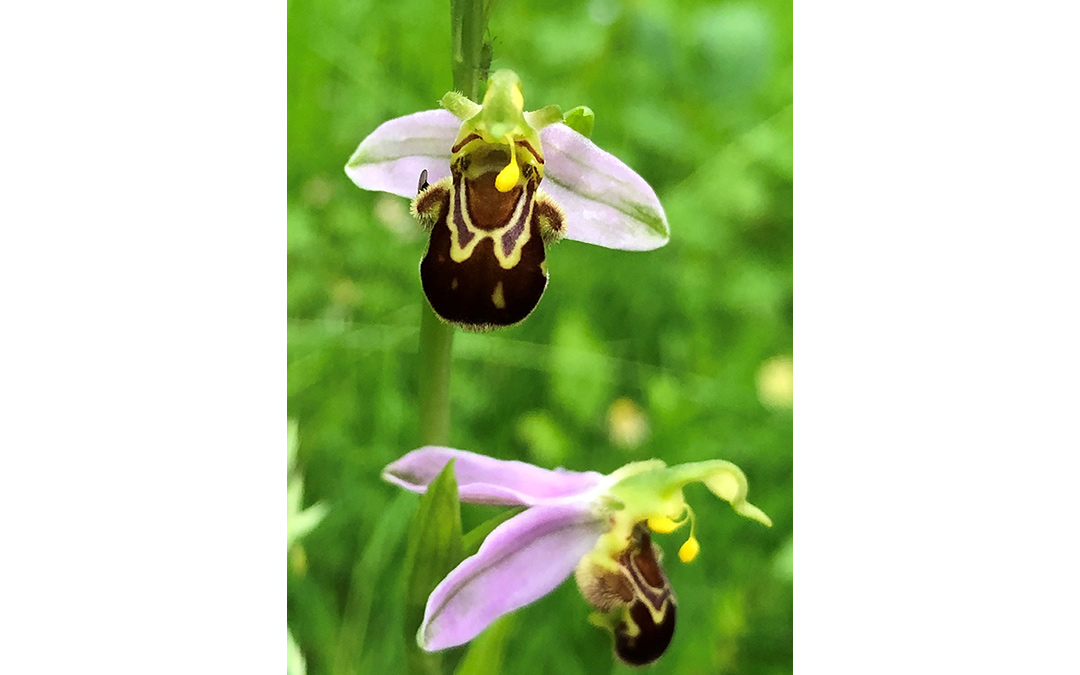
Ophrys – Close up of a couple of bee orchid flowers
The roots of the fungi find a way into the outer casing of the seed and transfer fats and sugars to the developing orchid. With some species of orchid, this debt is repaid once the orchid grows but with others, it is not.
Fungus roots are everywhere in the soil and owing to their small size, orchid seeds can spread far and wide but if we stop and think about it for a moment, it is not difficult to see that getting a fungus root tip and a tiny dust-like particle of a seed to actually meet one another is a rather a chancy matter. This is why, despite the literal billions of orchid seeds that float out there into the grasslands, fields and hillsides every year see relatively few orchids. By leaving the grass to grow we at least give them a fighting chance.
 What could be more magical and essentially English, than watching an exciting, funny and understandable Shakespeare play in the open-air, whilst relaxing with a picnic and a drink.
What could be more magical and essentially English, than watching an exciting, funny and understandable Shakespeare play in the open-air, whilst relaxing with a picnic and a drink.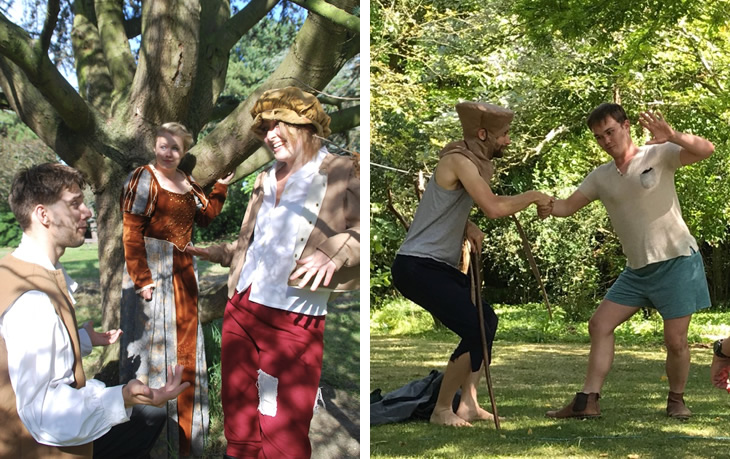




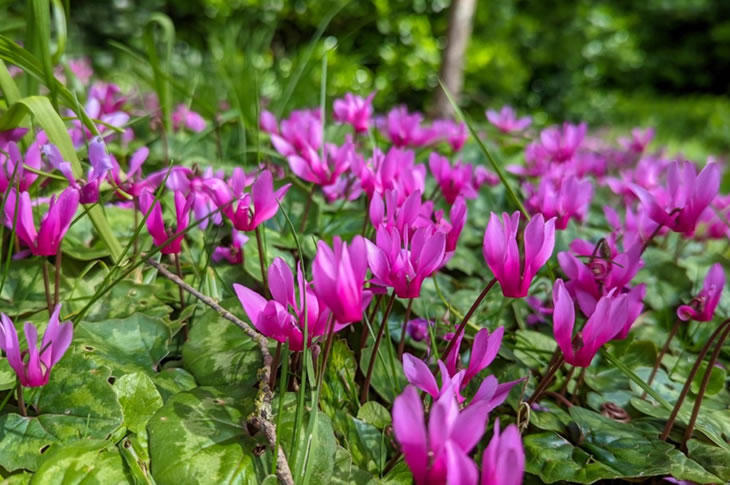
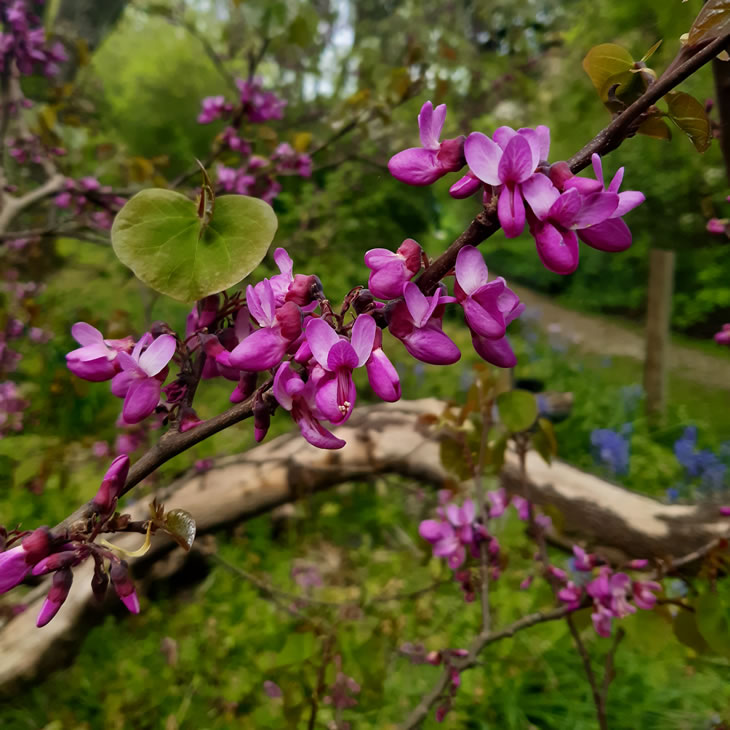

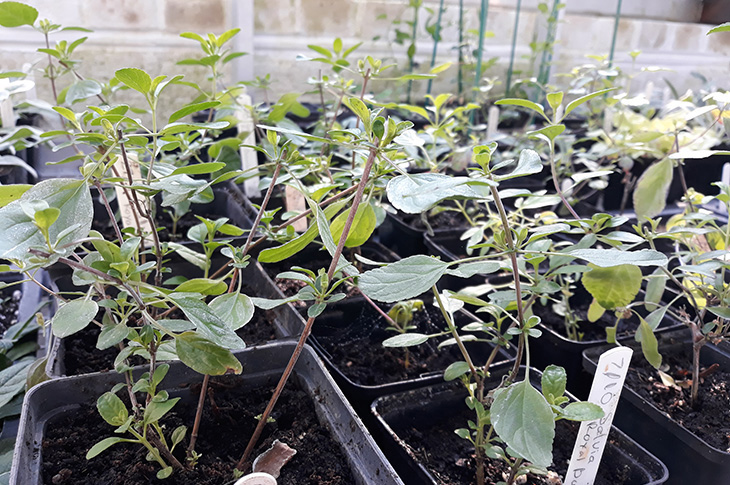
 Hello my name is Pete, I am the senior gardener at Highdown Gardens.
Hello my name is Pete, I am the senior gardener at Highdown Gardens.
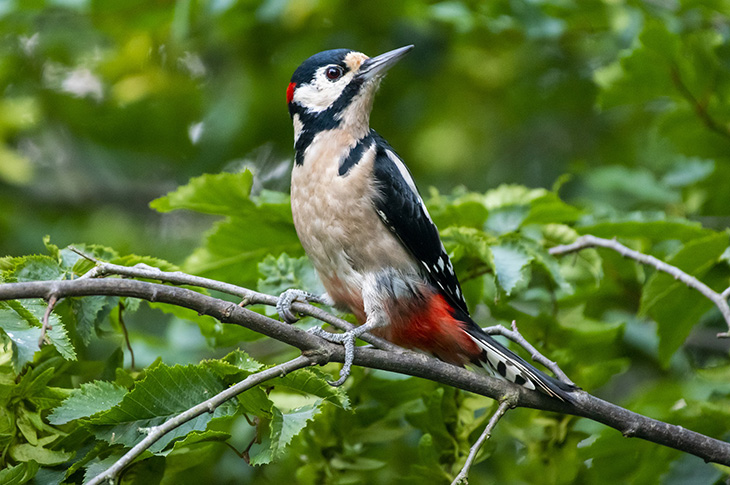
 Hi, I’m Charlotte and I’ve worked at Highdown Gardens for a couple of years now.
Hi, I’m Charlotte and I’ve worked at Highdown Gardens for a couple of years now.
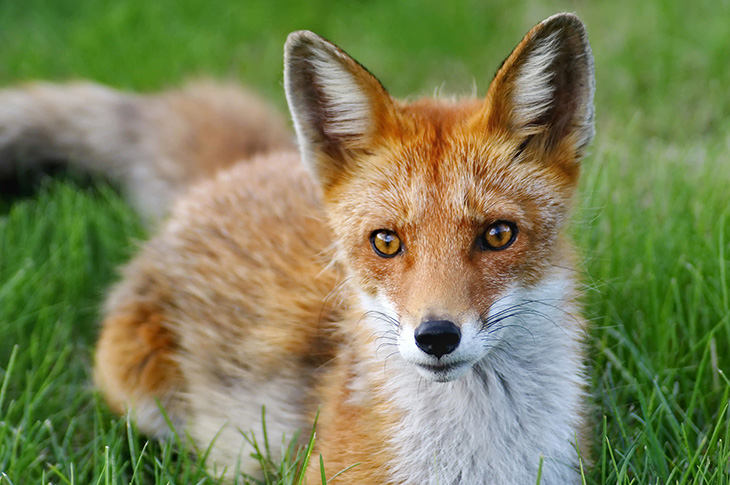
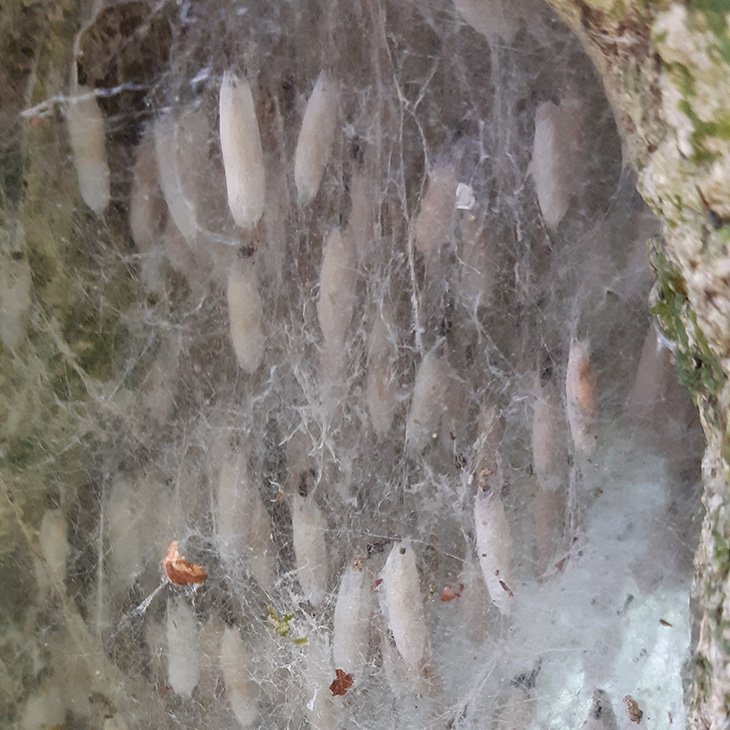
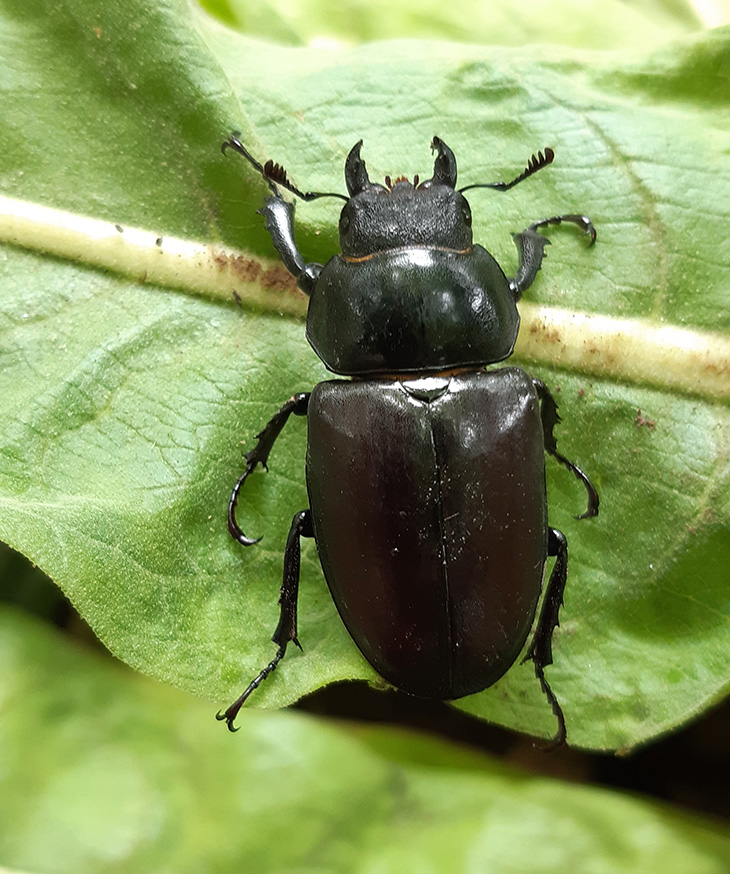
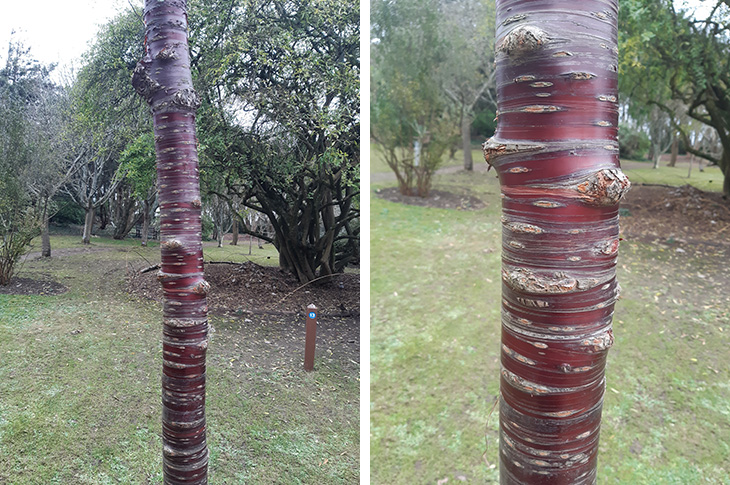
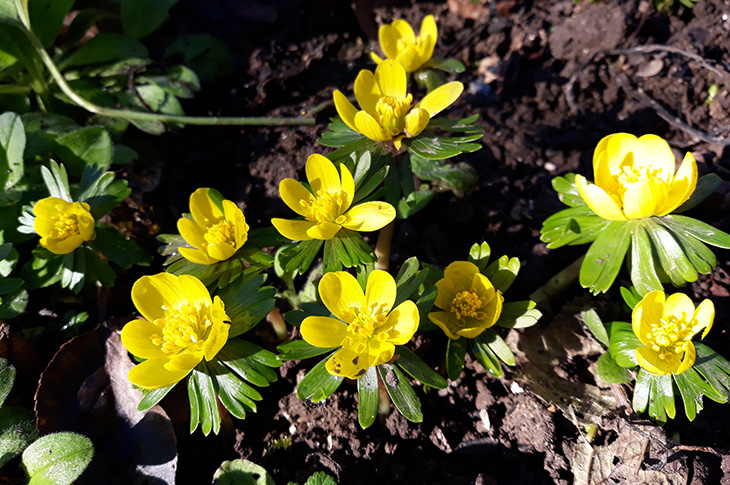
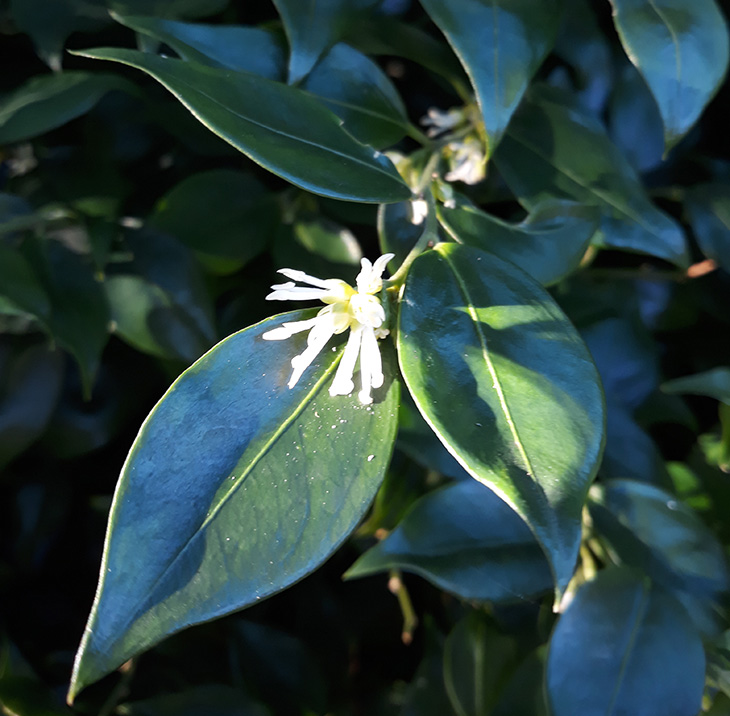
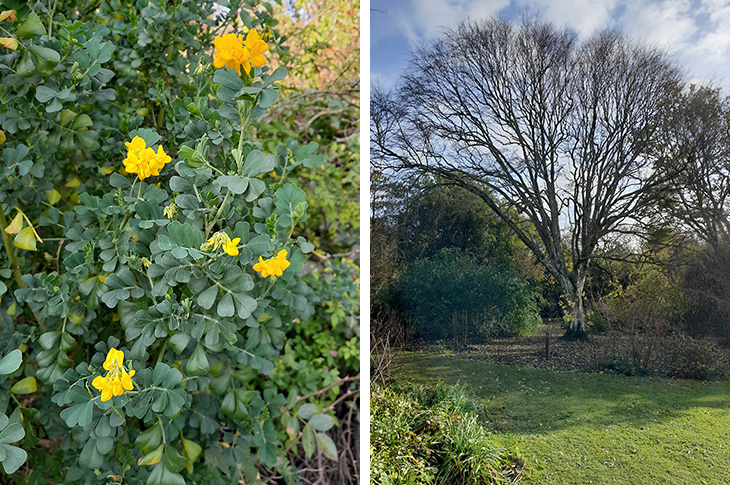
 Hello my name is Glenn, I am one of the Craft Gardeners at Highdown Gardens.
Hello my name is Glenn, I am one of the Craft Gardeners at Highdown Gardens.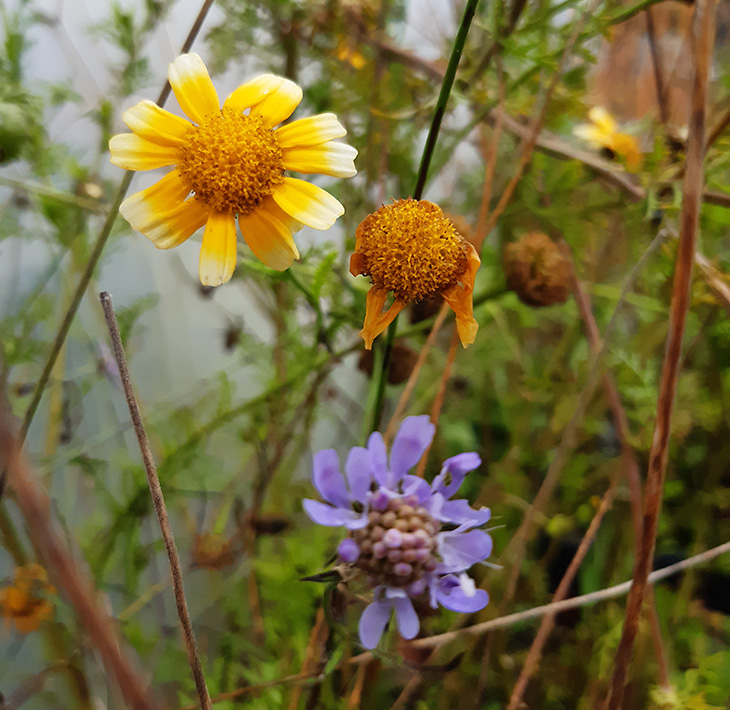
 Hi, my name is Toby. I am one of the craft gardeners here at Highdown Gardens.
Hi, my name is Toby. I am one of the craft gardeners here at Highdown Gardens.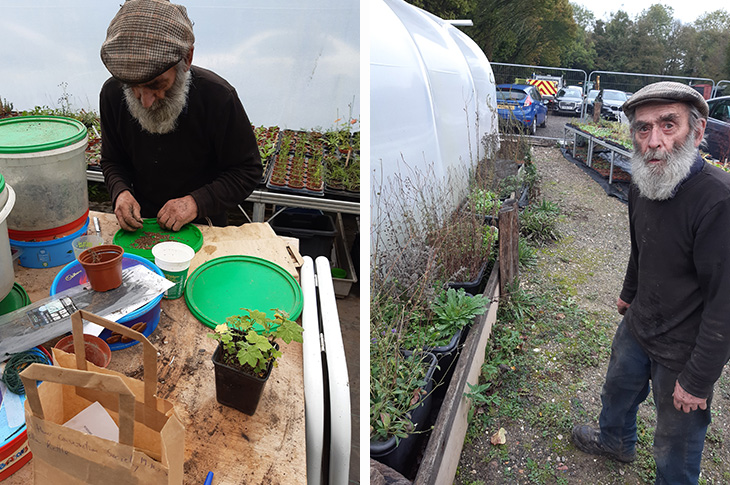

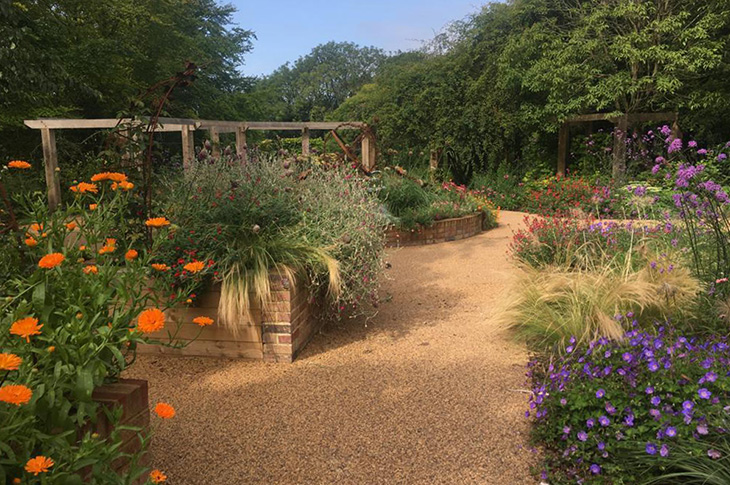
 Hello my name’s Lisa and I’ve been a Craft Gardener at Highdown Garden for just over two months now. The Sensory Garden is one of my areas of responsibilities and I’ve seen the plants change a lot while I’ve been here.
Hello my name’s Lisa and I’ve been a Craft Gardener at Highdown Garden for just over two months now. The Sensory Garden is one of my areas of responsibilities and I’ve seen the plants change a lot while I’ve been here.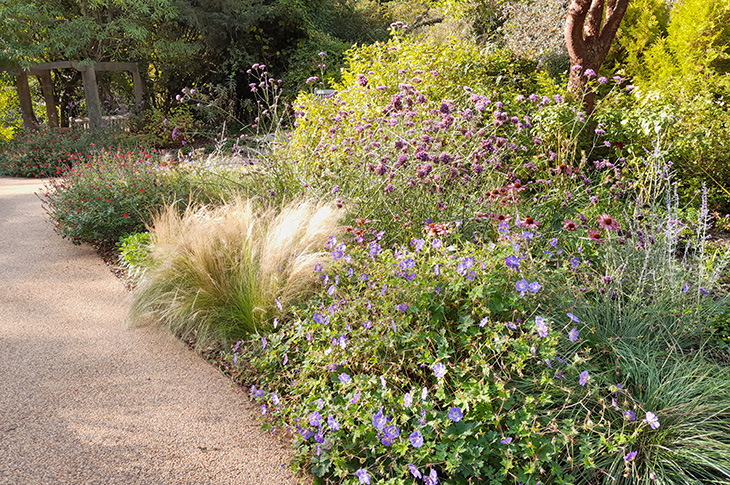


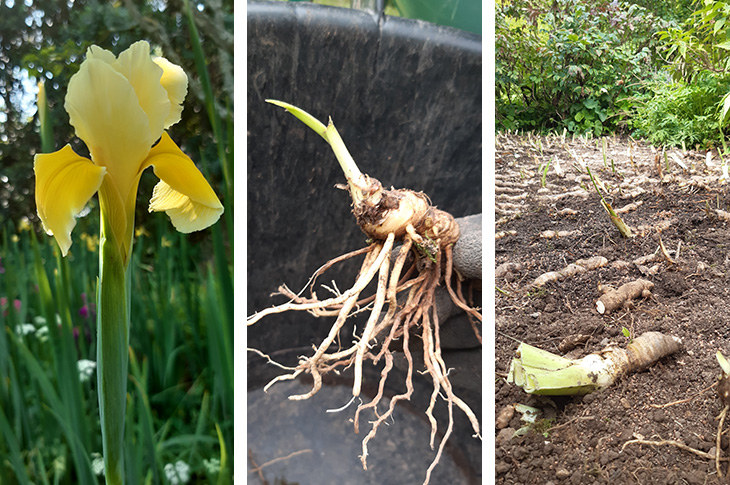
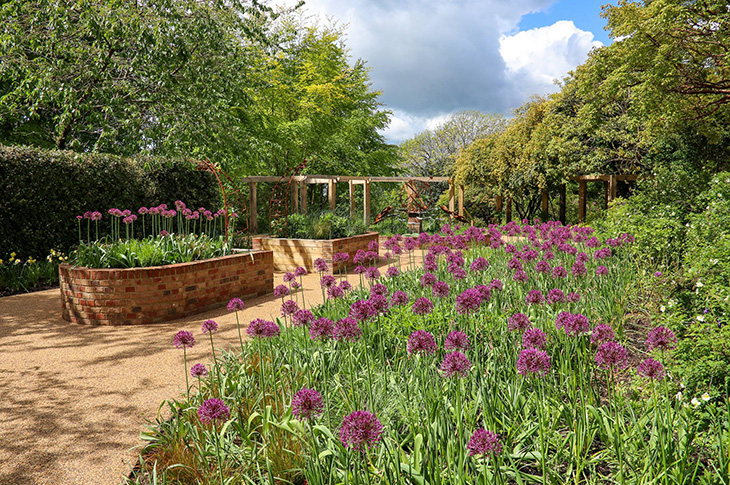

 Hi everyone, I’m Alex and I’m the Plant Heritage Officer at Worthing’s treasured Highdown Gardens.
Hi everyone, I’m Alex and I’m the Plant Heritage Officer at Worthing’s treasured Highdown Gardens.

